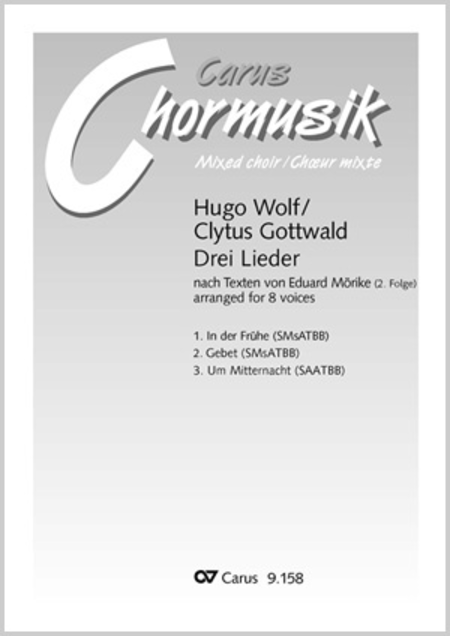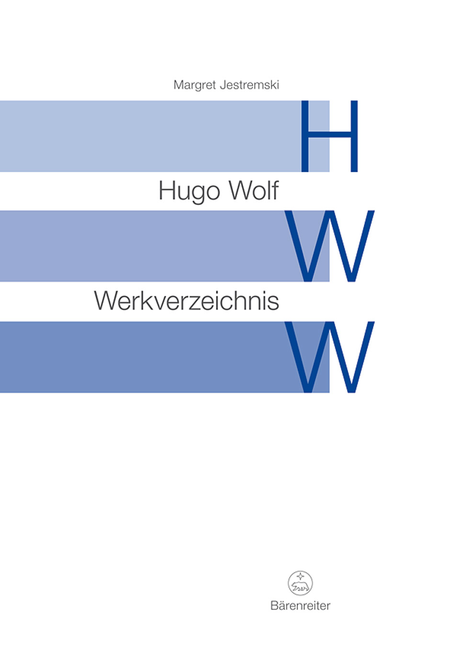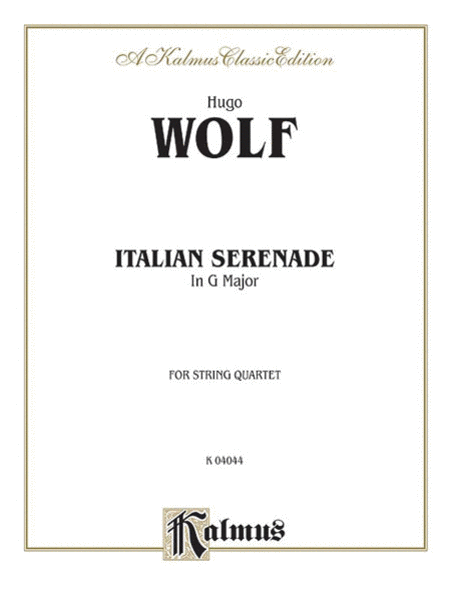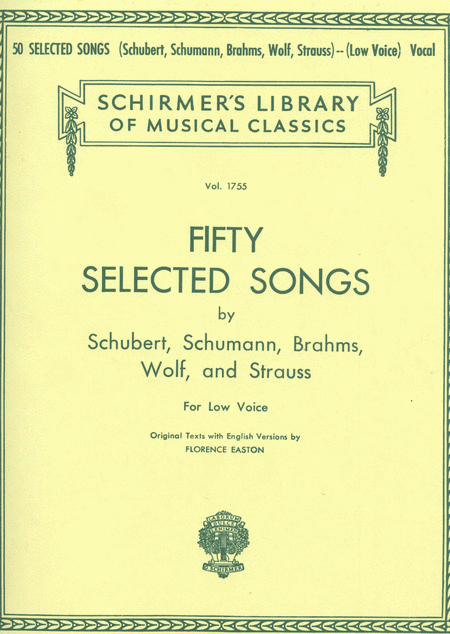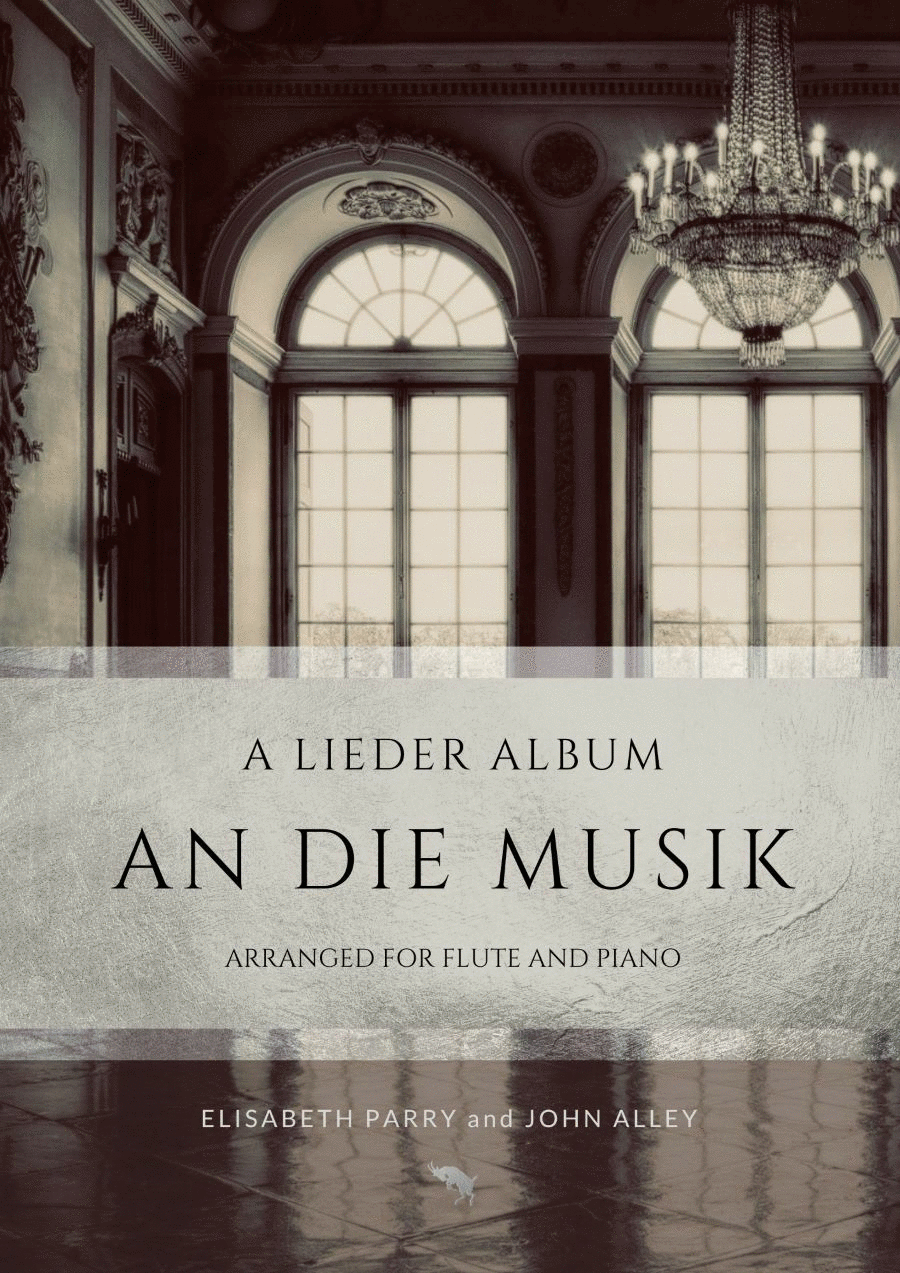Hugo Wolf (1860 - 1903)
 Autriche
Autriche
 Autriche
AutricheHugo Wolf (13 March 1860 ? 22 February 1903) was an Austrian composer of Slovene origin, particularly noted for his art songs, or lieder. He brought to this form a concentrated expressive intensity which was unique in late Romantic music, somewhat related to that of the Second Viennese School in concision but utterly unrelated in technique.
Though he had several bursts of extraordinary productivity, particularly in 1888 and 1889, depression frequently interrupted his creative per ... (Read all)
Source : Wikipedia
Though he had several bursts of extraordinary productivity, particularly in 1888 and 1889, depression frequently interrupted his creative per ... (Read all)
Source : Wikipedia
FREE SHEET MUSIC
- Hat man nicht
Active criterias:
Search
| |||||||||||||||||||||||||





